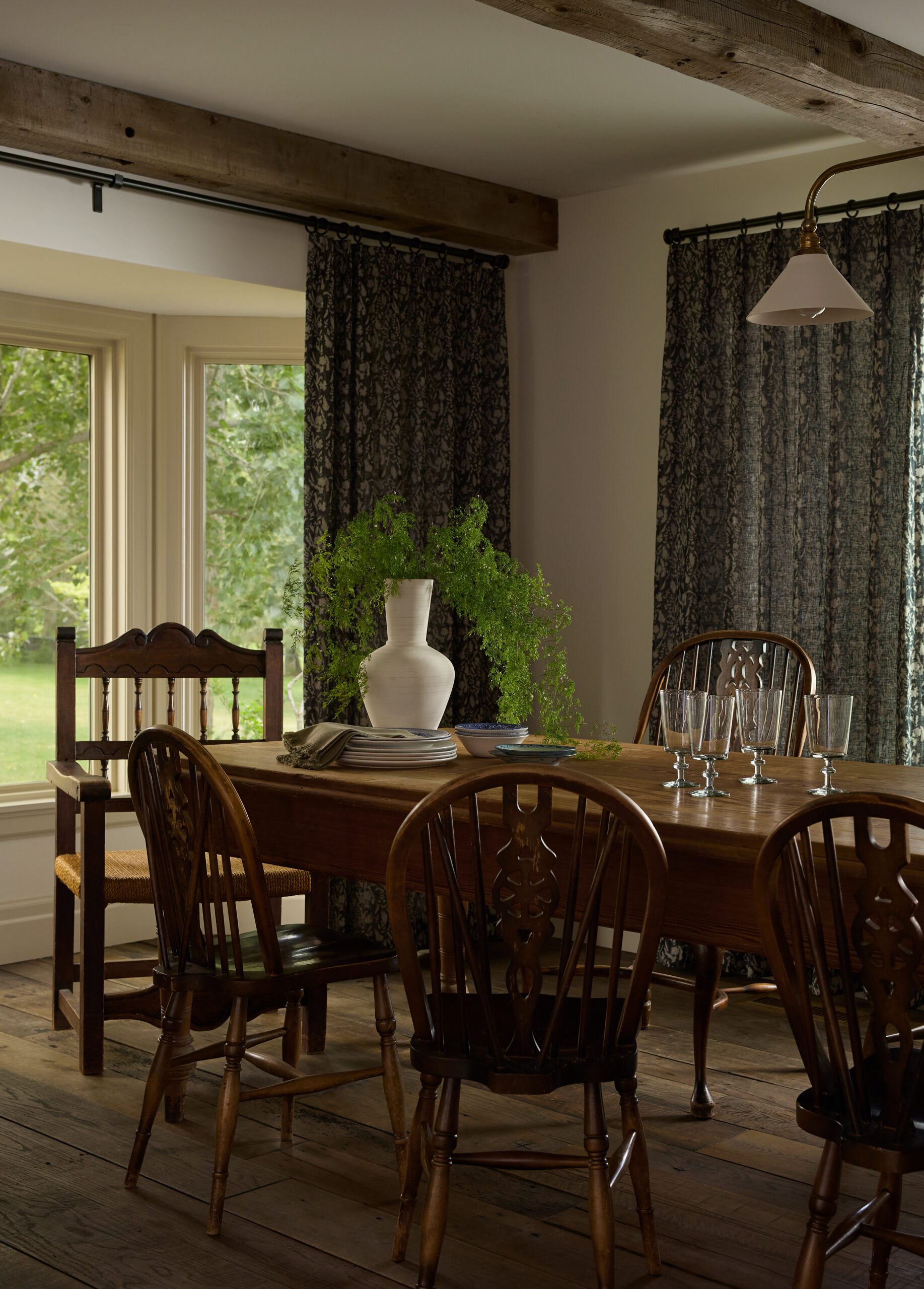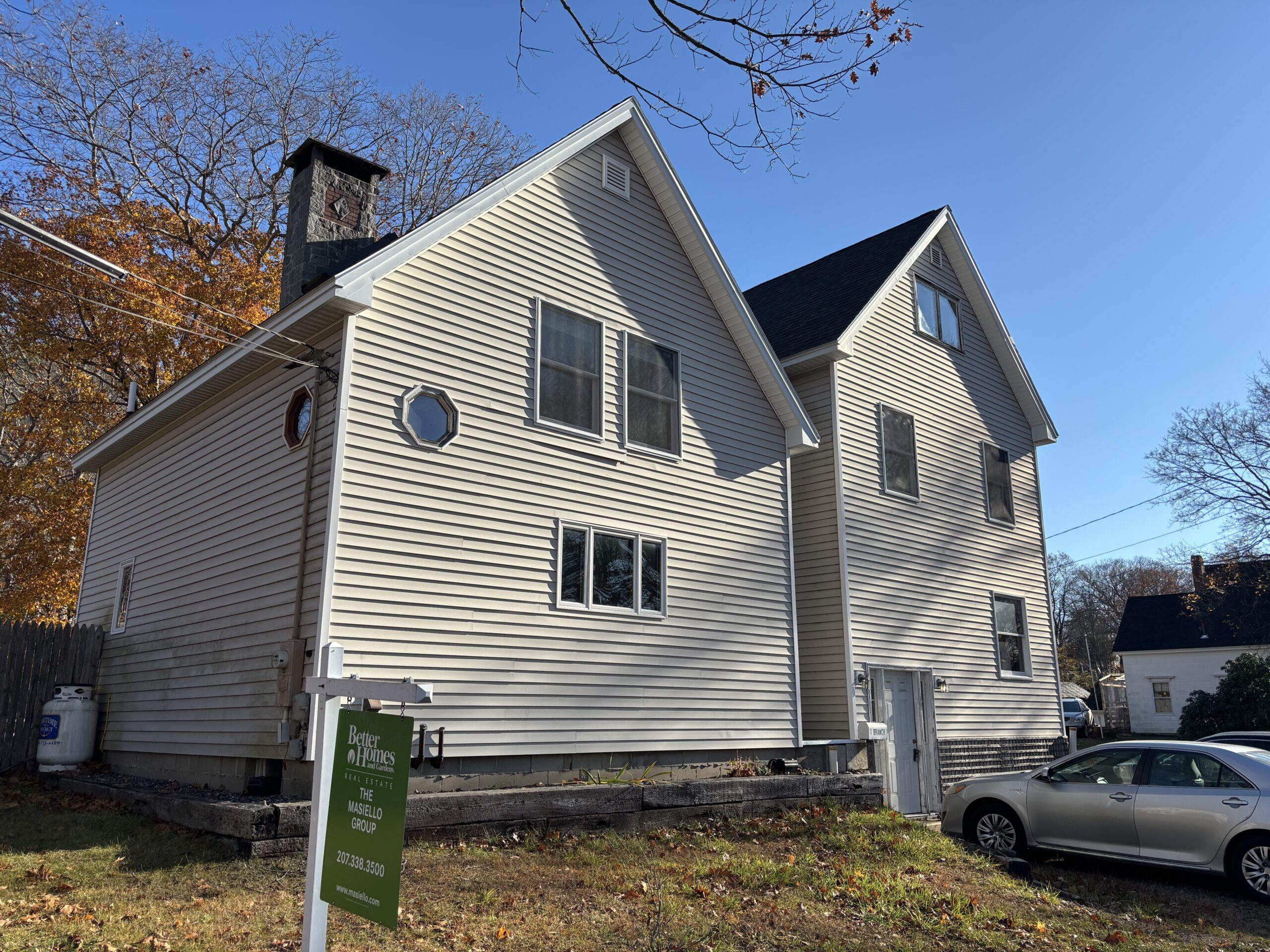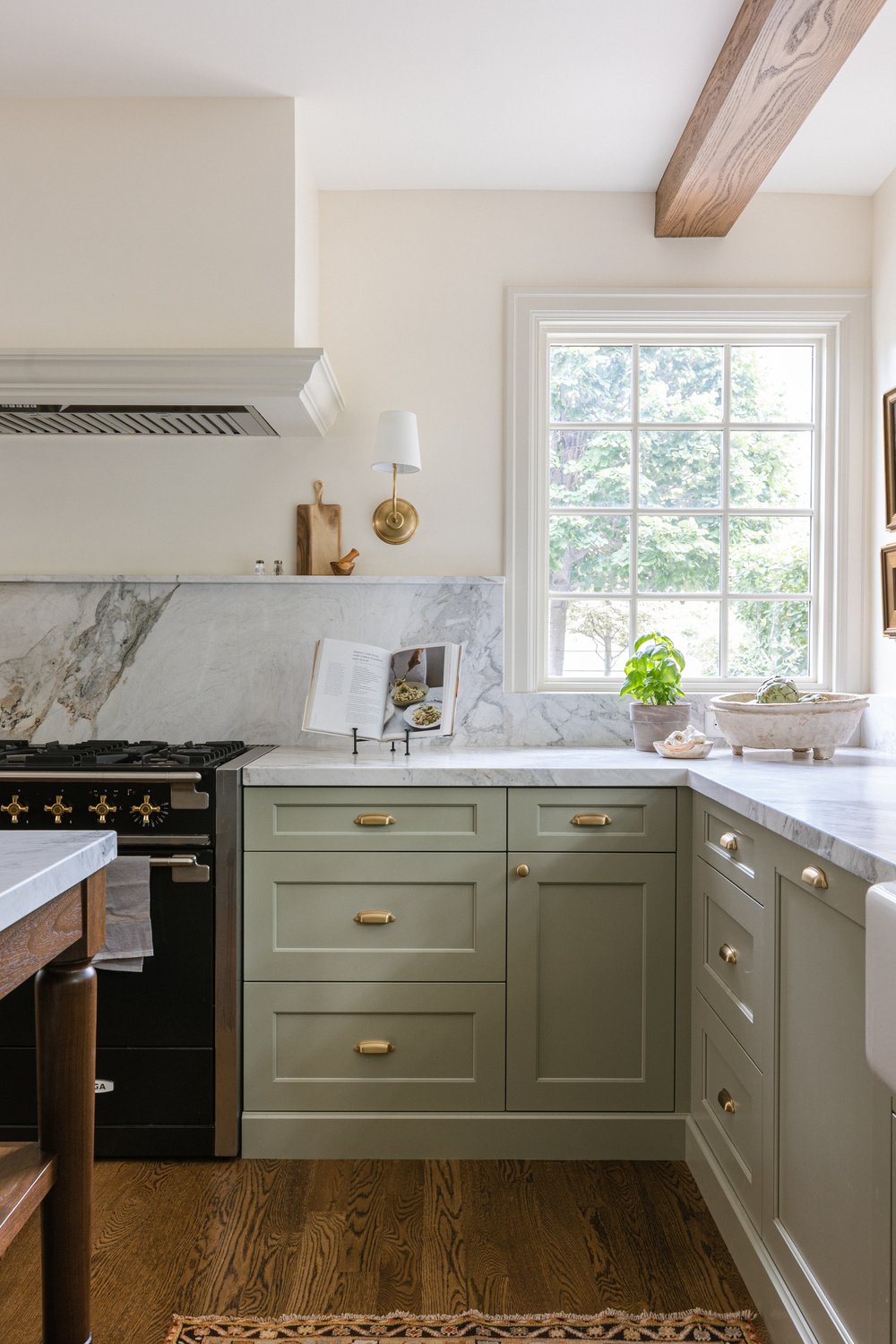This post contains affiliate links.

I’m a firm believer that not every item in your home needs to be expensive for it to be beautiful. In fact, I quite appreciate handmade items and furniture refurbishment projects that are affordable DIY’s. Those elements add a layer of personal sentiment that differentiate your home from the rest.
However, when every item in a room is budget friendly, the design looks just that. As the saying goes – save on some items so you can splurge on others. And when it comes to splurging, these are the things I recommend investing in.
7 Things I Recommend Splurging On

1. SOLID WOOD FURNITURE
For the sheer sake of durability and the ability to repair, solid wood (and the occasional wood veneer) are far better investments than MDF, chipboard, or laminate furniture. Furniture (especially frequently used furniture) is bound to wear. It’s bound to chip and get dings. Solid wood can be sanded and refinished while particle board cannot be sanded or repaired. Imperfections on solid wood furniture are often seen as character while imperfections on cheaply made furniture are viewed as defects.
When choosing furniture such as dining tables, coffee tables, desks, or dressers, opt for solid wood.
The mass produced laminate cabinets of today and the furniture made of thinly veneered chipboard are very unlikely to be the antiques of tomorrow.
– FRIDA RAMSTEDT
Solid Wood Furniture


2. DURABLE FABRICS
When it comes to sofas and armchairs, it’s best to opt for durable fabrics that can easily be cleaned…because accidents happen. Look for fabrics with Crypton Home liquid, stain, and odor protection, Sunbrella yarns that are fade resistant, or fabrics that are listed as liquid repellant.
Generally speaking, designers recommend sticking to the classic natural fabrics – wool, cotton, & linen. They may have a slightly higher initial investment than say polyester, but wools, cottons, and linens are timeless, beautiful, and durable fabrics.

3. ANTIQUE FURNITURE
As great as it is to be able to link and share home sources, I am very intentional about having pieces that aren’t “linkable” in our own home. I ensure that 50%, if not more, of the furniture and decor in our home is either antique or handmade.
Investing in antiques is so crucial to my designs for a number of reasons: they allow me to create one-of-a-kind designs, they add depth, they tell a story, and they bring a level of character that can’t be replicated. It’s also the best way to avoid creating a “catalogue” home.
Save on other areas of your home so you can splurge on antique coffee tables, hutches, dining tables, desks, side tables, and chairs.


4. QUALITY METAL FINISHES
You can tell pretty quickly if hardware or a light fixture is cheap based off the finish on the metal. Mass produced factory finishes such as antique brass, satin brass, and oil rubbed bronze generally look like cheap imitations of the real deal. The problem being either faux brass coloring, inaccurate color representation, or a pattern repeat in the distressing. The result of cheap finishes unfortunately cheapens the design of the entire room.
Generally when it comes to brass, bronze, and antique nickel/pewter finishes, the cheaper the price, the cheaper the finish looks. Higher quality brands produce higher quality finishes because they’re using genuine materials with natural distressing that exude a more handmade feel to them.
On the other hand, chrome, polished nickel, and matte black finishes can be found at more affordable prices without sacrificing beauty.
Factory finishes I avoid: oil rubbed bronze, satin brass, brushed brass, and any “faux” brass.
Genuine finishes I like: antique/aged brass, polished brass, unlacquered brass, chrome, antique nickel/pewter, iron, bronze, and matte black.
Quality Lights & Hardware With Quality Finishes


5. NATURAL MATERIALS
There is always a time and place for natural materials in your home. Whether it be an unlacquered brass faucet, a soapstone countertop, a hand forged iron door knob, or a rustic wood door, the impact that natural materials have on a design is huge.
What mass produced furniture lacks, natural materials make up for with natural variation, natural aging, patina, and a one-of-a-kind feel. Every room should have at least one natural material incorporated into the design of the space.

6. WALL TREATMENTS
If you ask me, people spend so much time getting their furniture, decor, rugs, fabrics, and lighting just right, but they don’t give enough thought to the walls. The walls are the biggest canvas in the home and they’re usually the most overlooked. Sure…artwork and a pretty paint color are a good start, but even so, a room can easily fall flat without millwork, proper trim, or a wall treatment.
Paneling, vertical planks, wallpaper, picture moulding, wainscoting, lime wash, and roman clay are all beautiful options for adding interest to the walls. Use the architecture and the era of your home to determine the most appropriate treatment.

7. QUALITY AND COMFORT
While this isn’t an exhaustive list, the common thread between all the above is quality and comfort. If you invest in pieces that meet these standards, you’re likely to love them longer. You can invest in a quality sofa, but if it’s not comfortable, you’ll inevitably replace it. You can buy a comfortable sofa, but if the fabric pills or stains easily, you’ll need to replace it. While high quality and comfortable pieces are a greater initial investment, you will in fact save money in the long run by not needing to replace them.
HONORABLE MENTIONS:
Tailor pleated curtains, windows with muntins, and a wood front door.
ㅤ
Leave a Reply Cancel reply
Where behind the scenes, exclusive advice, and candid conversations are sent straight to your inbox every week.



Could not agree with this list more. This pretty much nails it.
Love to hear it! 🙂